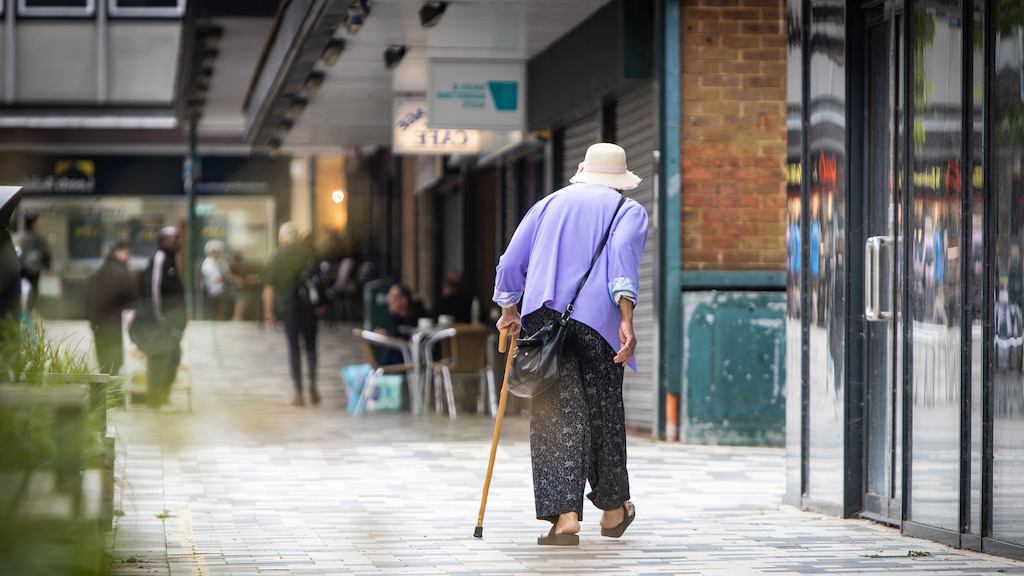Yet there is an obstacle. Many older people want to go and spend in their high street but feel shut out, finding it difficult or uninviting. The biggest challenge is accessibility - uneven pavements, street clutter, E-scooters on pavements, few places to sit, and lack of toilets, which become barriers to older people using their high street. This inhibits what is much needed spending potential for high street businesses.
Making high streets accessible and inviting to older people isn’t exactly rocket science. There’s a vast literature on what contributes to an age-friendly high street, with guidance to follow and case studies. It’s down to new thinking on these issues from policy makers, having meaningful engagement with older people at the beginning of planning, recognising older people are a diverse group and above all a firm commitment that goes beyond the usual rhetoric about inclusion. There are a few positive examples in London, such as what Sutton are doing in terms of developing an age-friendly borough, but in the main older consumers haven’t penetrated the high street recovery narrative.
Our report argues that local communities led by London boroughs should publish plans to make their urban centres and high streets attractive and accessible to older people.
They should also set up partnerships with older people organisations to review their high streets from an age-friendly perspective. Older people organisations should conduct street and community audits - assessing not just physical impediments but also what facilities, amenities and resources are available locally for older people.
The report makes the case for London boroughs and local businesses to work to ensure that their premises and physical infrastructure do not create barriers to older customers shopping and allow older people to play a full part in the community.
Finally, it argues for the Greater London Authority to take the opportunity of its recovery planning to develop an age-friendly statement for high streets and review all funded schemes on how age-friendly they are. A further recommendation is that they specifically fund a pilot age-friendly high street to help spread best practice.
Tim Whitaker is a consultant in policy and communications and is also Vice Chair of Positive Ageing in London and Trustee of Wise Age, an employment charity for older workers in London.
The views and opinions expressed in this guest blog are those of the authors. They do not necessarily reflect the policy or positions of the Centre for Ageing Better

